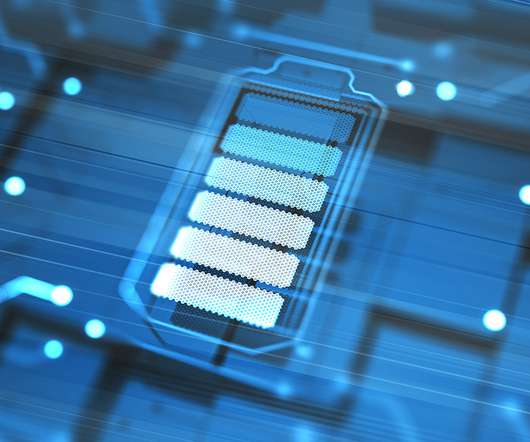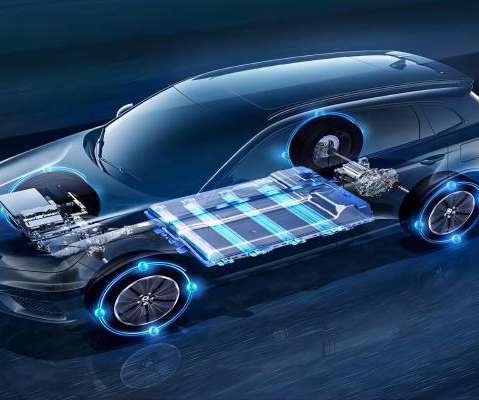Researches developed EV batteries that store 6 times more charge than common ones
Electric Vehicles India
AUGUST 30, 2021
An international team of researchers led by Stanford University has developed rechargeable batteries that store the charge up to 6 times more than the normal currently available commercial ones. Researches developed EV batteries that store 6 times more charge than common ones .















Let's personalize your content